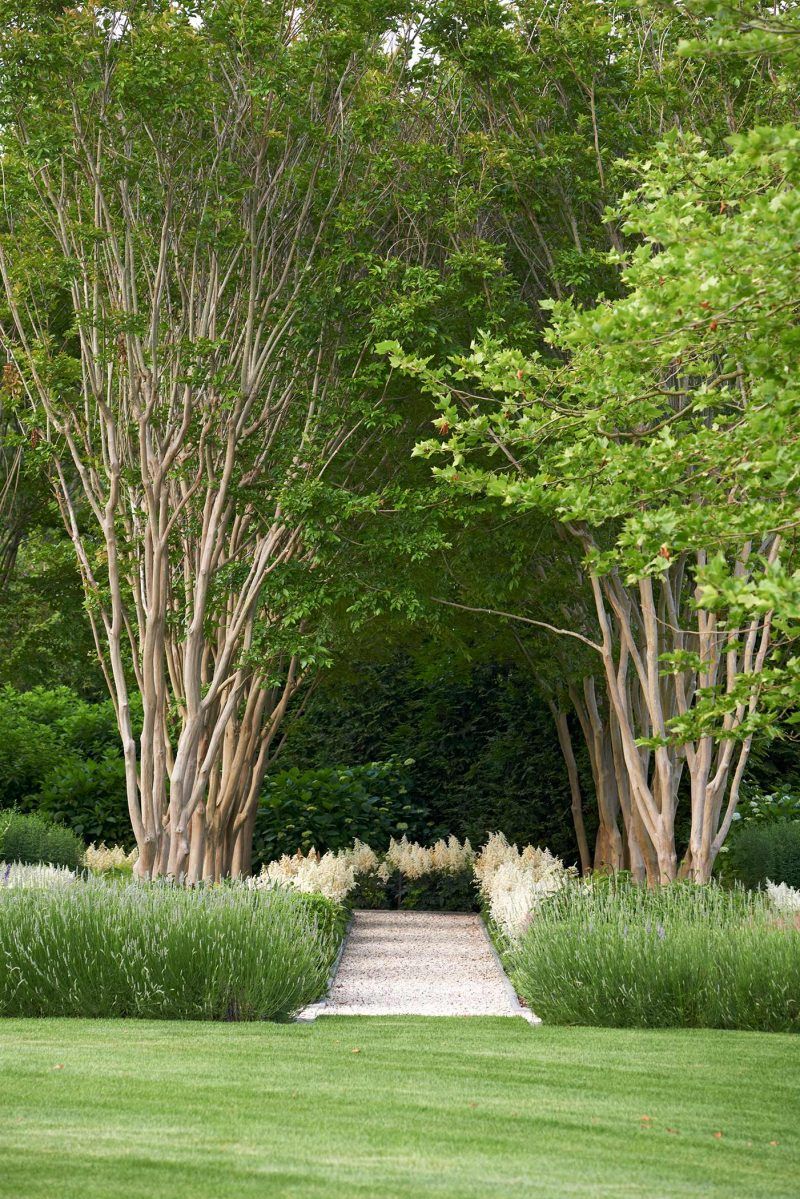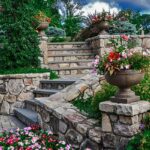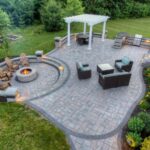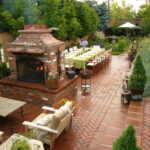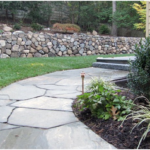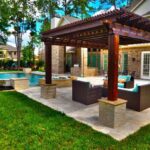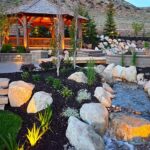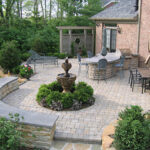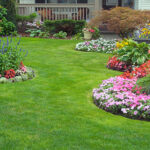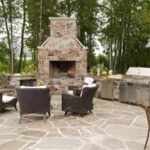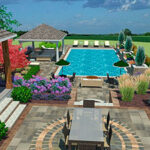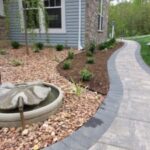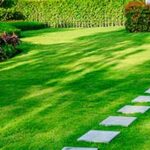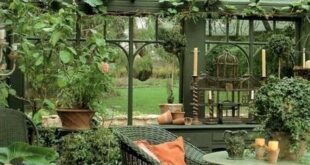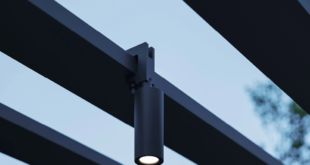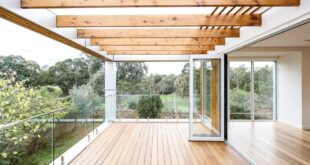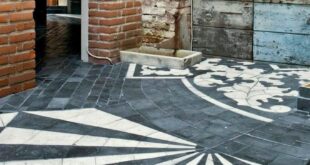Hardscape design refers to the use of non-living elements in landscaping, such as stone, concrete, wood, and metal, to create outdoor spaces that are both functional and visually appealing. From patios and walkways to retaining walls and fire pits, hardscaping can greatly enhance the overall look and feel of any outdoor area.
If you’re looking to incorporate hardscape elements into your landscaping, here is the ultimate guide to hardscape design to help you create the outdoor space of your dreams.
1. Define Your Needs and Goals Before diving into hardscape design, it’s important to define your needs and goals for the space. Do you want a cozy seating area for entertaining guests? Are you looking to create a peaceful retreat for relaxation? Understanding how you plan to use the space will help guide the design process and ensure that the end result meets your needs.
2. Consider Your Budget Hardscaping can range from simple, budget-friendly projects to elaborate, high-end designs. Before getting started, determine your budget so you can plan accordingly. You may need to prioritize certain elements or make compromises to stay within your budget while still achieving the look you desire.
3. Choose the Right Materials There are countless materials available for hardscaping, each with its own unique characteristics and aesthetic appeal. When selecting materials, consider factors such as durability, maintenance requirements, and how well they will complement the existing landscape. Popular hardscape materials include natural stone, concrete pavers, brick, and wood.
4. Plan the Layout Once you have a clear idea of your needs, goals, and budget, it’s time to plan the layout of your hardscape design. Consider factors such as traffic flow, sightlines, and how the space will be used to determine the best placement for various elements. A well-thought-out layout will ensure that your hardscape design is both functional and visually appealing.
5. Incorporate Landscaping Hardscape design should complement and enhance the surrounding landscape, so be sure to incorporate landscaping elements into your design. Consider adding plants, trees, and shrubs to soften the hardscape features and create a seamless transition between the built environment and the natural surroundings.
6. Add Lighting Outdoor lighting can greatly enhance the beauty and functionality of your hardscape design. Consider adding landscape lighting to highlight architectural features, illuminate pathways, and create a warm and inviting ambiance. Solar-powered lights are a popular and energy-efficient option for outdoor lighting.
7. Maintenance and Care Proper maintenance is essential to preserving the beauty and functionality of your hardscape design. Regular cleaning, sealing, and repairs will help ensure that your hardscape elements withstand the test of time and continue to enhance your outdoor space for years to come.
In conclusion, hardscape design offers endless possibilities for creating stunning outdoor spaces that are both practical and visually appealing. By following this ultimate guide to hardscape design, you can create a beautiful and functional outdoor space that suits your needs, budget, and design preferences. So, get creative and start designing your dream outdoor oasis today!
